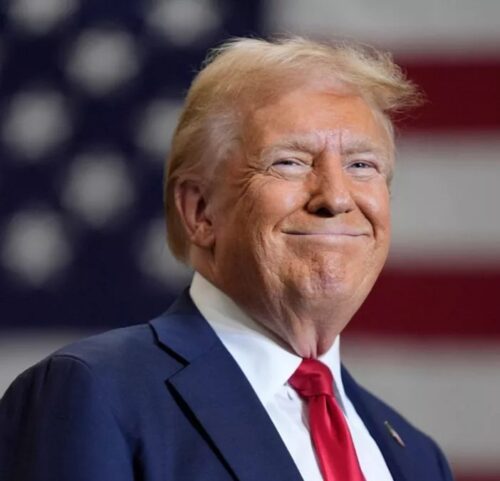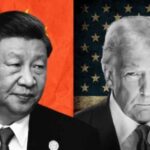
At the World Economic Forum in Davos, former U.S. President Donald Trump called on Nigeria and other OPEC members to lower global oil prices. He also urged central banks worldwide to immediately reduce interest rates, arguing that high oil prices were prolonging the Russia-Ukraine war.
Speaking to business executives on January 30, Trump expressed surprise that Saudi Arabia and OPEC had not already intervened to bring prices down. “I’m going to ask Saudi Arabia and OPEC to bring down the cost of oil. You gotta bring it down. Frankly, I’m surprised they didn’t do it before the election,” Trump stated. He further claimed that high oil prices were helping to sustain Vladimir Putin’s war efforts and suggested that reducing prices could end the conflict. “Bring down the oil price, and that war will end. You could end that war,” he added.
Despite Trump’s demand, analysts at Standard Chartered (StanChart) argue that OPEC is unlikely to comply for several reasons.
Historically, oil price fluctuations have been linked to geopolitical events. For instance, historians have drawn connections between the 1985-86 oil price crash and the fall of the Berlin Wall in 1989, followed by the Soviet Union’s collapse in 1991. However, StanChart analysts caution that OPEC has limited influence over the Russia-Ukraine war. Reducing oil prices as a foreign policy tool would be costly and inefficient, especially when compared to diplomatic efforts and economic sanctions.
Following Trump’s remarks, Saudi Arabia’s energy minister and OPEC+ representatives held discussions, but reports indicate that OPEC+ is unlikely to alter its strategy during its scheduled meeting on February 3rd.
Instead of an immediate response to Trump’s call, OPEC+ is sticking to its existing plan to start increasing oil production from April 2025. This plan was previously delayed multiple times due to weak global demand. According to StanChart, OPEC+ has carefully structured its production policy to avoid market oversupply in 2025. The organization has postponed the increase in production by three months (from January to April 2025), extended the gradual reversal of production cuts until the end of 2026 to prevent sudden market shocks and managed supply-demand balance to ensure oil markets remain stable. “By delaying voluntary cut unwinds and flattening the slope of production increases, OPEC+ has effectively removed a large amount of oil from the 2025 supply plan,” StanChart stated.
Market experts also argue that traders have misunderstood OPEC+’s tapering mechanism for voluntary cuts, causing unnecessary pessimism in oil markets. Despite concerns that restoring OPEC+ output could lead to oversupply, OPEC+ members insist that production increases will be based on market conditions, not an automatic timeline.
So far, Nigeria and other OPEC members have not officially responded to Trump’s call for lower oil prices. However, OPEC+ already has a plan in place to gradually increase oil output from April.

For Nigeria, oil production has been on a downward trend for the past four years. Output has dropped from over two million barrels per day (bpd) in 2019 to an average of 1.5 million bpd in 2024.
The country failed to meet its OPEC quota throughout 2022 and 2023 and has struggled to meet its reduced quota of 1.5 million bpd in 2024. Despite government claims of pushing production toward 1.8 million bpd, data from the Nigerian Upstream Petroleum Regulatory Commission (NUPRC) shows that actual production averaged 1.484 million bpd in 2024—still below the OPEC quota.
With OPEC+ holding a Joint Ministerial Monitoring Committee meeting today, Nigeria’s oil policy direction and production targets will be closely watched in the coming months.


